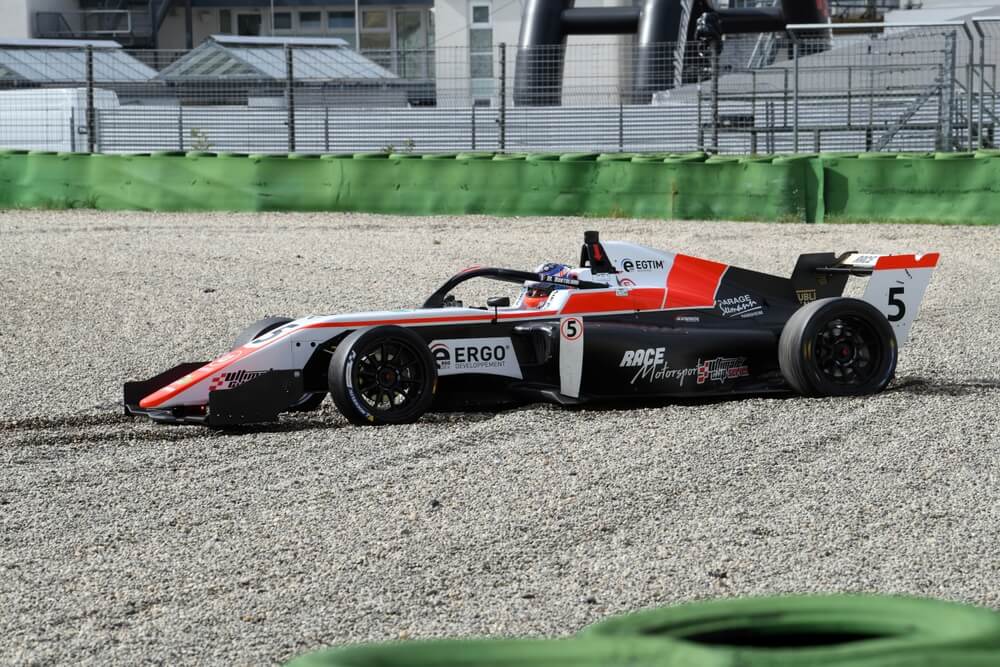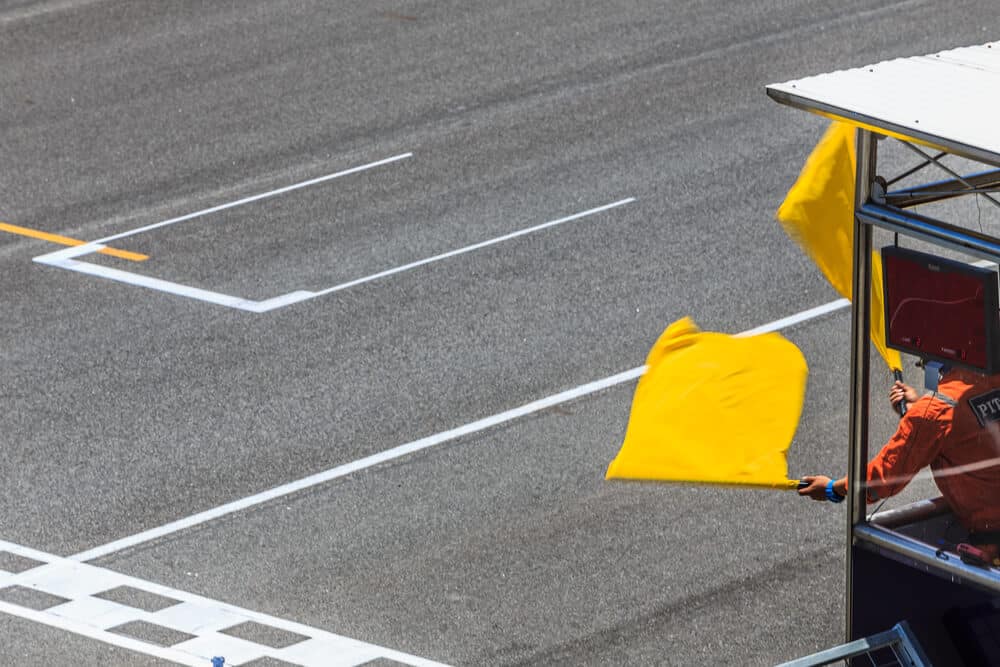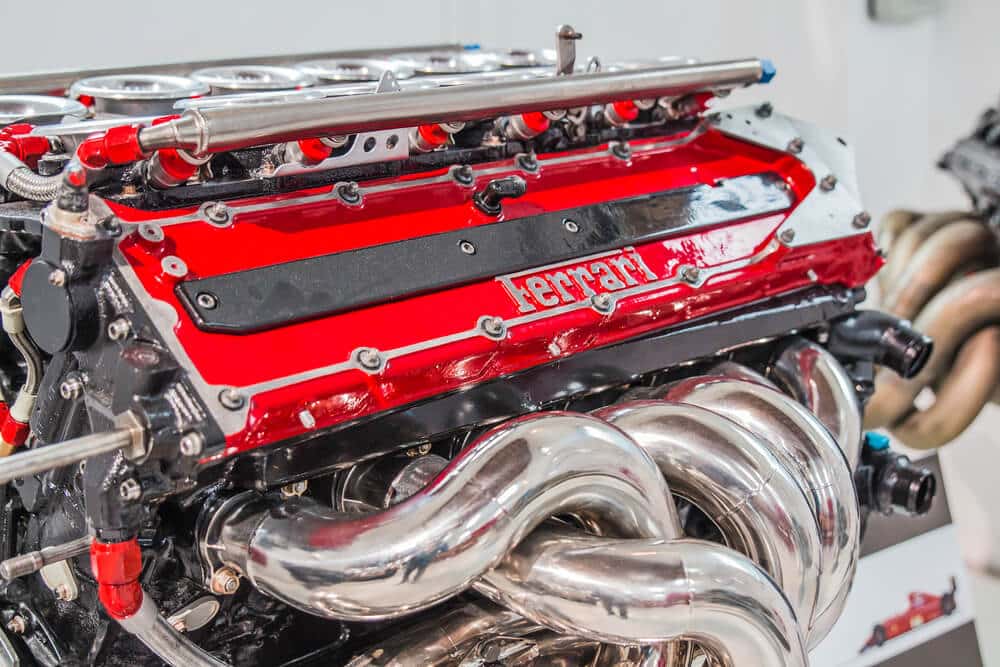Introduction
Gravel traps are an essential safety feature in Formula 1 racing. These areas of loose gravel are placed around the perimeter of the track and serve to slow down cars that have gone off the racing line. When a car goes off the track and into a gravel trap, the high level of drag created by the gravel causes the car to slow down quickly.
This reduces the likelihood of a serious crash and minimizes the risk of injury to the driver or spectators. Gravel traps are particularly effective at slowing down cars that have lost control at high speeds or are experiencing a braking failure. While they can cause some damage to a car’s undercarriage, this is considered a minor issue compared to the potential risks posed by a crash without a gravel trap in place.
What is a gravel trap?
A gravel trap is a safety feature in motor racing that is designed to slow down cars that have gone off the racing line. The trap is filled with loose gravel, which creates a high level of drag and slows down the car. Gravel traps are an essential safety feature, as they reduce the risk of injury to drivers and spectators by minimizing the impact of a crash.
Materials used to construct a gravel trap
Gravel traps are typically constructed using angular stones that are between 6mm and 12mm in diameter. These stones are carefully selected because they provide a high level of drag. The drag helps to slow down cars.
In addition to the stones, the base of the trap is usually lined with a geotextile membrane. The membrane helps to prevent the gravel from mixing with the underlying soil. This ensures that the gravel remains loose and provides an effective drag to slow down cars.
Placement of gravel traps around race tracks
Gravel traps are typically placed in areas of the track where there is a high risk of cars going off. Such as on the outside of fast corners or at the end of long straightaways.
The placement of gravel traps is carefully considered to ensure that they provide maximum safety benefits. The pace is also considered to minimize the risk of damage to cars. Gravel traps are also positioned in areas where the car can come to a stop without impeding the flow of other cars on the track.
This ensures that the car can be safely recovered and the race can continue without interruption.
Key Takeaways
- Gravel traps are an essential safety feature in Formula 1 racing that help to reduce the risk of serious crashes and minimize the risk of injury to drivers and spectators.
- The loose gravel in a gravel trap creates a high level of drag that slows down cars that have gone off the racing line.
- Gravel traps are typically constructed using angular stones that are between 6mm and 12mm in diameter. They are carefully placed in areas of the track where there is a high risk of cars going off.
- In addition to the stones, the base of the trap is usually lined with a geotextile membrane. It helps to prevent the gravel from mixing with the underlying soil.
- While gravel traps can cause some damage to a car’s undercarriage, this is considered a minor issue compared to the potential risks posed by a crash without a gravel trap in place.
- Gravel traps are one of several types of run-off areas used in motor racing. Other types includes asphalt run-off areas, grass, and tire barriers.
- The use of gravel traps has become less common in recent years. Many tracks opting for other types of run-off areas due to concerns about the cost and maintenance of gravel traps.
- Despite this, gravel traps remain an important safety feature in Formula 1 racing. It’s still used at many of the world’s most iconic racing circuits.
How does a gravel trap work?
A gravel trap works by using the principle of drag to slow down a car that has gone off the racing line. When a car enters a gravel trap, the wheels sink into the loose gravel, which creates a high level of resistance. This resistance slows down the car, making it much harder to keep moving. The driver then needs to fight against the drag of the gravel to get the car back on the track..
Effectiveness of Gravel Traps vs. other types of run-off areas
Gravel traps are considered one of the most effective types of run-off areas for reducing the risk of injury in a crash. While other types of run-off areas, such as asphalt or grass, can also slow down a car, they do not provide the same level of drag as a gravel trap.
However, there are some concerns about the cost and maintenance of gravel traps, which has led some tracks to switch to other types of run-off areas in recent years. Despite this, many drivers and safety experts continue to advocate for the use of gravel traps. Arguing that they are the best way to ensure the safety of everyone involved in a motor race.
Advantage of using a Gravel Trap
The use of a gravel trap offers several advantages over other types of run-off areas. Firstly, gravel traps significantly reduce the risk of injury to drivers and spectators in the event of a crash. By slowing down the car, gravel traps minimize the impact of a crash. That can help to prevent serious injuries.
Secondly, the use of a gravel trap can also help to reduce the likelihood of severe damage to cars. While a gravel trap may cause some damage to the undercarriage of the car, this is typically minor compared to the potential damage that could be caused by a high-speed crash. For these reasons, many experts consider gravel traps to be an essential safety feature in motorsport.
Disadvantages of using a Gravel Trap
While gravel traps offer several advantages, there are also some potential disadvantages to consider. One major disadvantage is the potential for cars to become stuck in the gravel. If a car sinks too deeply into the gravel, it may be difficult or even impossible for the driver to get the car back on the track.
Additionally, gravel traps can increase the likelihood of damage to the car’s undercarriage. The rough texture of the gravel can cause scratches, dents, and other types of damage that may require repairs between races. Despite these disadvantages, many experts still believe that gravel traps are the best way to ensure the safety of everyone involved in a motorsport event.

Alternatives to Gravel Traps
While gravel traps are a popular choice for run-off areas in motorsport events, there are several other types of run-off areas that can also be effective. One common alternative is asphalt run-off areas. They offer a smooth surface that can slow down a car without causing as much damage to the car’s undercarriage as a gravel trap.
Another alternative is grass, which can also slow down a car while minimizing the risk of injury to drivers and spectators. However, grass run-off areas can sometimes be difficult to maintain. Especially in wet conditions. Some tracks also use tire walls or barriers to provide run-off area. Although, these options are generally less effective than using a gravel trap or other types of run-off areas.
Ultimately, the choice of run-off area will depend on a variety of factors, including the layout of the track, the type of racing taking place, and the available resources for maintaining the area.
List of other run-off areas:
- Tarmac run-off areas: Tarmac is a smooth surface that is used in many modern racetracks as a run-off area. It provides good traction for cars and allows them to slow down quickly. However, tarmac can also cause cars to bounce and lose control if they hit it at high speed.
- Grass run-off areas: Grass is a natural surface that is used as a run-off area in some older racetracks. It provides some traction but can be unpredictable, especially if it’s wet. Grass also has the disadvantage of causing cars to spin or slide if they hit it at high speed.
- Astroturf run-off areas: Astroturf is an artificial grass-like surface that is sometimes used as a run-off area. It provides better traction than grass and is less likely to cause cars to spin or slide. However, it can be expensive to install and maintain.
- Gravel-tarmac hybrid run-off areas: Some racetracks use a combination of gravel and tarmac in their run-off areas. This provides the benefits of both surfaces – good traction and the ability to slow down quickly.
- Tyre barriers: In some cases, tyre barriers are used as a run-off area. These are walls made up of stacked tyres that can absorb some of the impact if a car crashes. However, tyre barriers can be dangerous if a car gets stuck in them or if the tyres come loose and fly into the air.
Frequently Asked Questions
- How effective are gravel traps at slowing down Formula 1 cars?
Gravel traps are designed to slow down cars by creating a high level of drag. It increase the car’s braking distance. This, in turn, reduces the car’s speed and minimizes the impact of a crash. Compared to other types of run-off areas, gravel traps are generally considered to be the most effective at slowing down cars and minimizing the risk of injury to drivers.
- What happens if a car gets stuck in a gravel trap?
If a car becomes stuck in a gravel trap, it can be difficult to get out. The gravel can cause the car’s wheels to spin and dig deeper into the trap. It makes it more difficult to move. In some cases, the car may need to be towed out of the trap. While this can be inconvenient for drivers, it is considered a necessary trade-off for the increased safety provided by gravel traps - Can gravel traps cause damage to Formula 1 cars?
Gravel traps can cause some damage to Formula 1 cars, particularly to the car’s undercarriage. This is because the gravel can get lodged under the car. It causes the undercarriage to scrape along the ground as the car moves. However, this is generally considered to be a minor issue compared to the potential for injury to drivers and spectators if a car were to crash without a gravel trap in place. Additionally, many teams build their cars with reinforced undercarriages to minimize the risk of damage from gravel traps.
Conclusion
In conclusion, gravel traps are an essential safety feature in motorsport. It provides an effective way to slow down cars in the event of a crash and minimizing the risk of serious injury to drivers and spectators. Despite the potential disadvantages, such as the possibility of cars becoming stuck in the gravel and increased damage to car undercarriages, gravel traps remain a popular choice for run-off areas.
However, other alternatives, such as asphalt and grass run-off areas, also have their benefits and are often used in combination with gravel traps. Ultimately, the choice of run-off area will depend on a variety of factors. Things like safety, track design, and available resources needs to be considered when choosing run-off area. Overall, safety should always be the top priority in motorsport. The use of effective run-off areas is an important step in ensuring the safety of everyone involved in a race.
Sources
https://www.formula1.com/en/glossary.gravel-trap.1tW4Q4UPv24YMuSG4Yo4E4.html



